Balsam fir care and growing guide – expert tips for these evergreen trees
Grow a balsam fir in your backyard for year-round structure and greenery
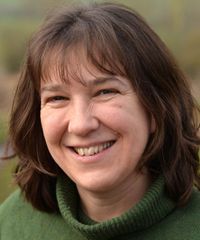
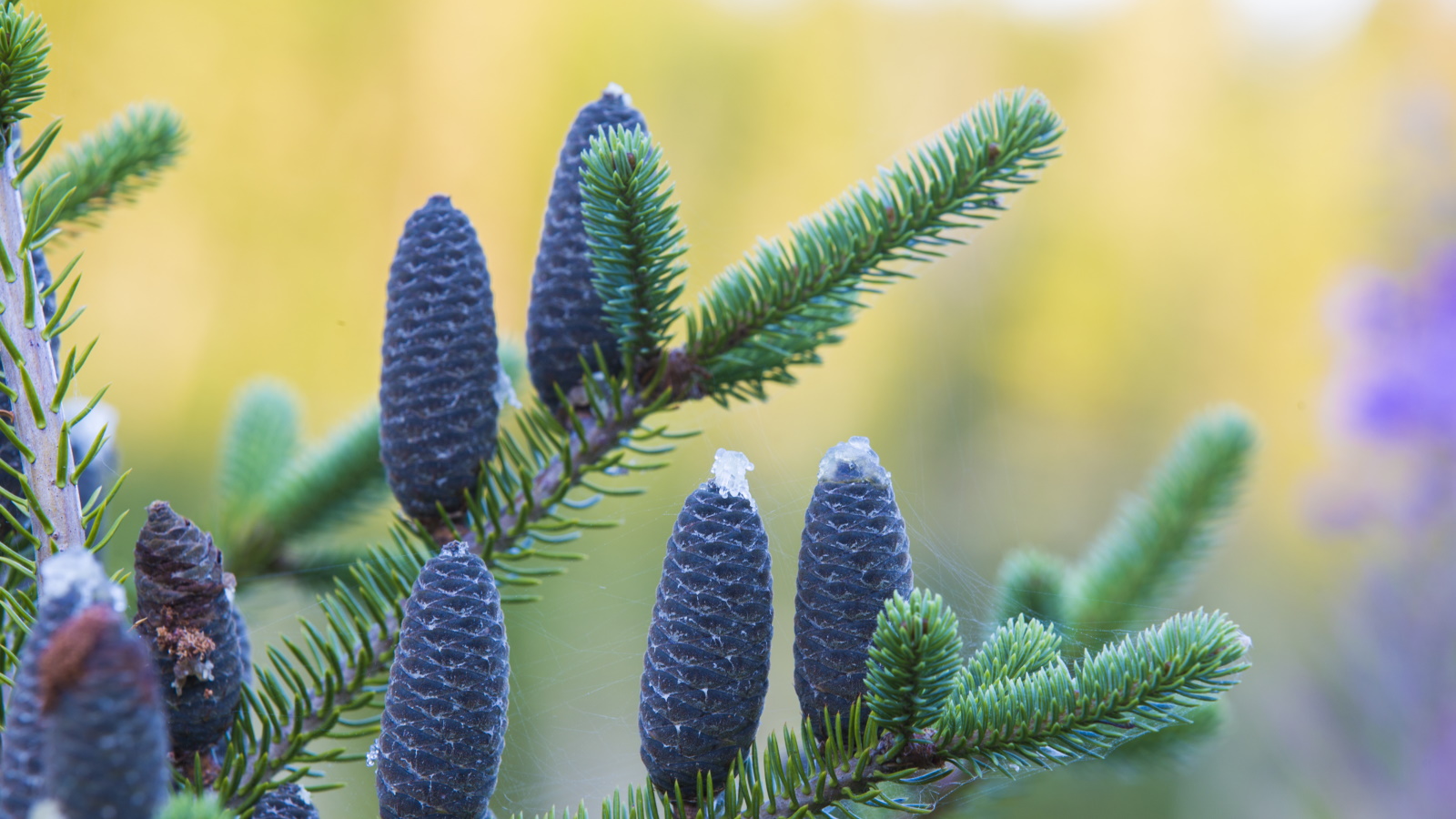
The balsam fir smells as good as it looks. This medium-sized, conical tree is the perfect shape for a Christmas tree and many thousands are sold for this purpose in the US every year, while branches are often used to make festive wreaths for homes in northerly states. Outdoors, it's valuable for wildlife, providing shelter for moose, snowshoe hares, white-tailed deer, ruffed grouse and various songbirds.
This evergreen tree's glossy dark green leaves, or needles, measure half to an inch long (1.5-3cm) and have a strong balsam fragrance. The tips are blue-gray when mature, and light green in spring. There are two narrow gray bands on the underside of each needle. The cones produced by this tree measure two to four inches (6-10cm) and are a beautiful purple color when young. The winter buds produce a great deal of resin. The bark on young trees is smooth and gray, with blisters of resin that spray when broken. In older trees, it becomes rough and scaly.
Despite its many attributes, the balsam fir is not widely grown across the US, because its natural environment is characterized by cool temperatures, plenty of moisture, and more acidic soils.
It’s commonly found in southeastern Canada and the northeastern United States, extending into Arctic regions. US States in which it’s often grown include the top of north Minnesota, east to central Wisconsin, Connecticut and various other New England states.
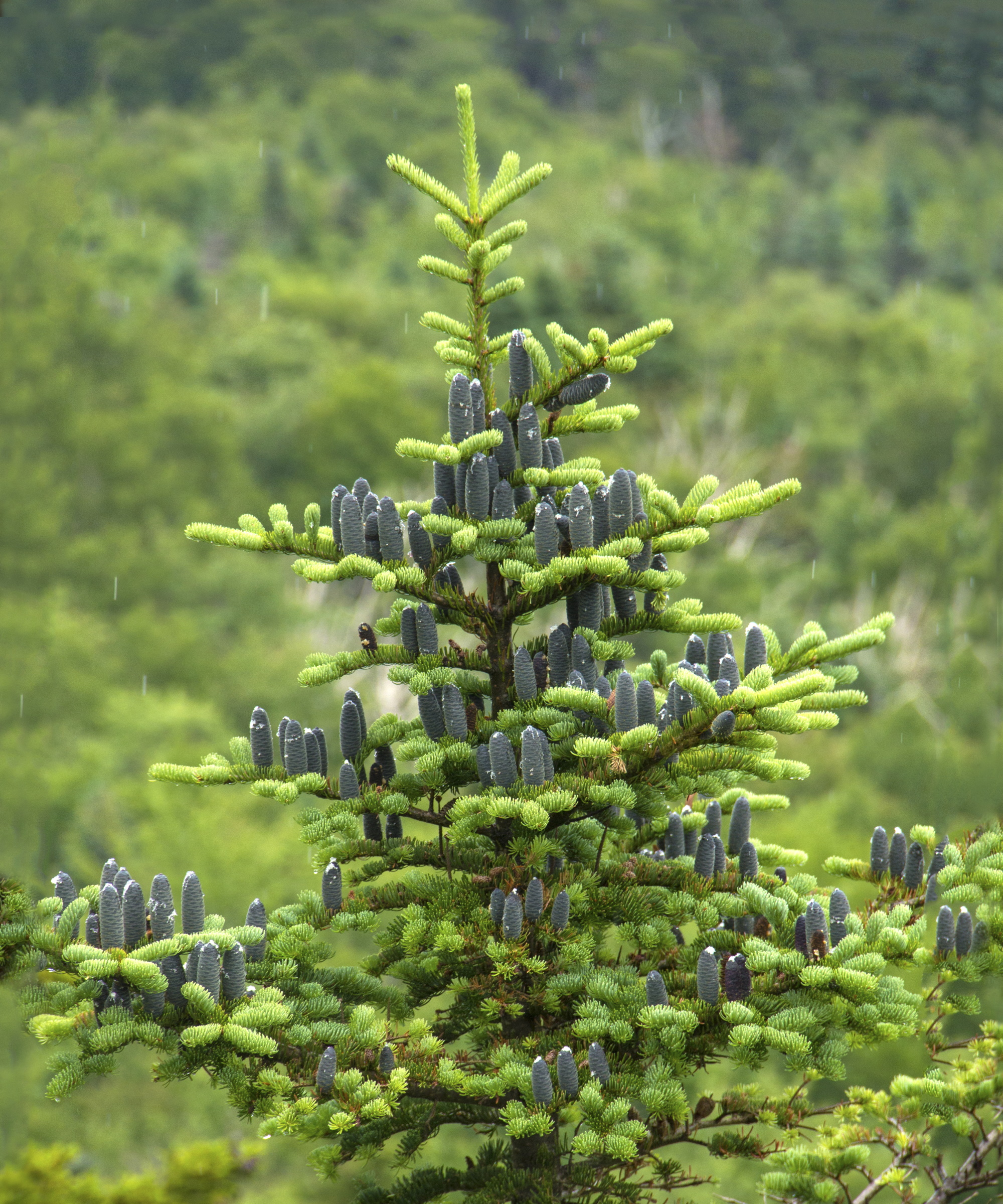
Balsam fir care and growing guide - ideal conditions for these evergreens
Ideally, the balsam fir needs a mean temperature of 40˚F (4˚C). 'It’s one of the most northerly of the firs,' explains Nikki Barker, a peat-free transition technician and former senior horticultural adviser at the Royal Horticultural Society.
'It has quite specific growing conditions. They like really moist soil, and when drought occurs they tend to crack or split. They are very cold hardy but like short, cool summers. They don’t like to be wet and then dry,' she says.
Fortunately, it’s possible to have balsam firs as backyard trees within warmer climates due to the existence of several dwarf cultivars, such as ‘Nana’, ‘Piccolo’ and ‘Hudsonia’. These are usually grafted to rootstocks with less specific requirements, such as Abies firma, the Japanese fir. Nevertheless, grafting does not change their requirement for slightly acidic soil.
Design expertise in your inbox – from inspiring decorating ideas and beautiful celebrity homes to practical gardening advice and shopping round-ups.
Balsam fir key facts:
- Plant type: Imposing evergreen, or dwarf cultivars suited to garden use
- Mature size: Species tree is medium-sized, reaching 44ft to 66ft (14m to 20m) although some grow as tall as 89ft (27m). Dwarf cultivars reach around 39in (1m).
- Soil type: Sandy, medium loam and clay
- Soil pH: 7 or below (neutral or acid – avoid alkaline or chalky soils)
- Time of year to plant: Early to late spring or early to mid-fall in the US
- Fir cones: Ripen from September
- Cone color: Purple
- Leaf color: Dark green
- Hardiness zones: USDA 3-5, possibly 2 and 6
- Scientific name: Abies balsamea
- Common name: Balsam fir
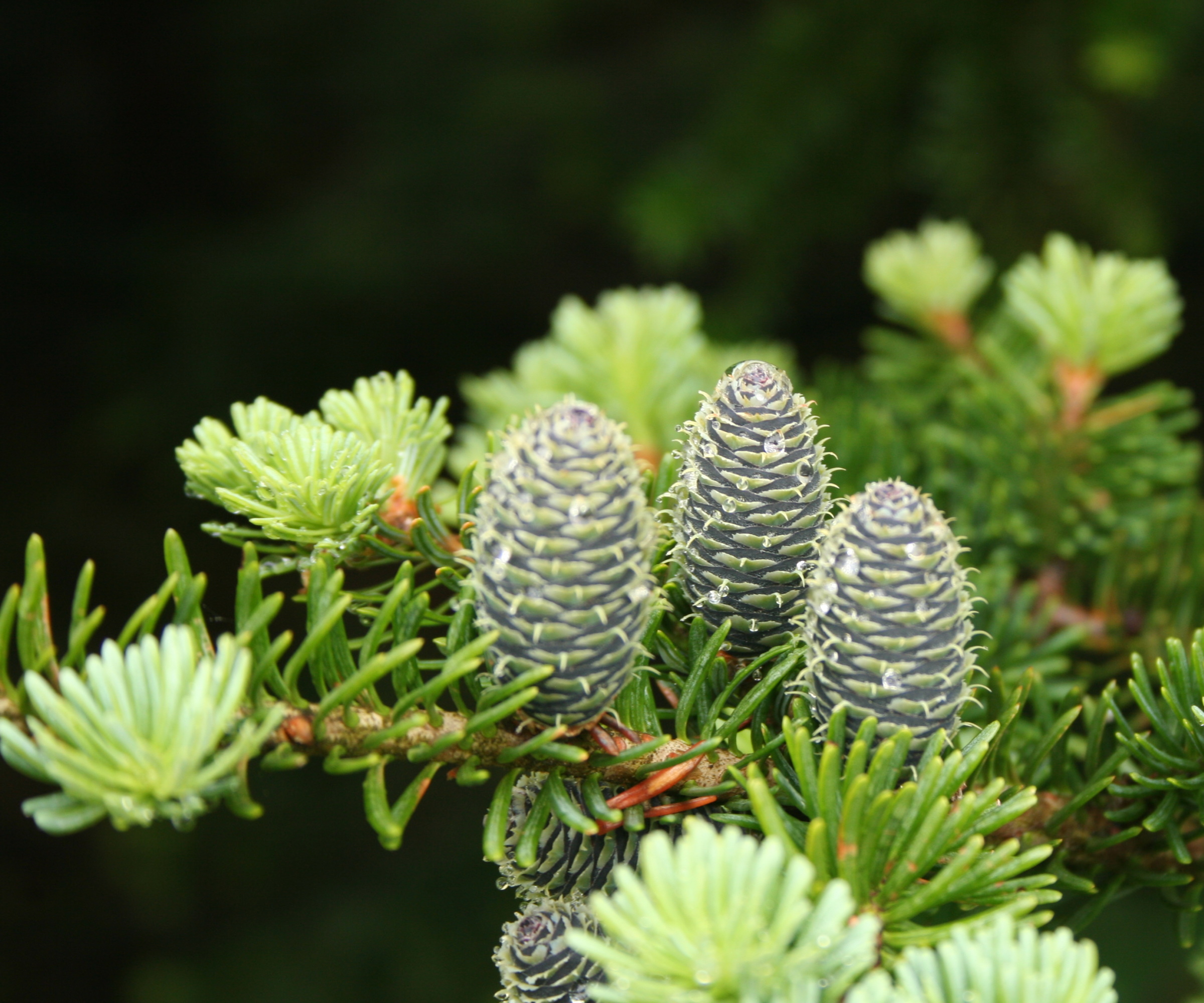
Types of balsam fir
Here are some top balsam fir varieties to consider when choosing an evergreen tree for your backyard.
- A. balsamea Hudsonia Group ‘Hudsonia’: This ‘Hudson fir’, first recorded in the mountains of New Hampshire before 1810, is compact with a low, mounded shape and a flattish top. It has short needles measuring half an inch (1.5cm) long and densely arranged on branchlets. These are dark green with whiter undersides. This cultivar doesn’t produce cones but is said to be more lime-tolerant than typical balsam firs. It grows to up to 39in (1m) in height.
- A. balsamea Hudsonia Group ‘Nana’: This dwarf cultivar has dark green needles, with brown buds followed by bright green shoots in spring. It has a rounded shape and grows to between around 20-39ins (50cm-1m) in height and from 39-59in (1-1.5m) in width. It was discovered in the White Mountains of New Hampshire and first recorded in 1867.
- A. balsamea ‘Piccolo’: This balsam fir is notable for its uniform, ball-like shape and is popular for Alpine gardens and troughs. It has small, dark green needles that are densely arranged on branches. Reddish-brown buds appear in early spring. 'Piccolo' grows up to 20in (50cm) in height and width.
- A. balsamea ‘Verkade’s Prostrate’: A rare, slow-growing cultivar with a spreading habit. Needles are light green when young, maturing to dark green. This evergreen, listed by the American Conifer Society, was introduced by nurseryman John Verkade from New Jersey in 1984. It grows to around 18-24in (45-60cm) after 10 years.
- A. balsamea Var. phanerolepis: The bracted balsam fir, or Canaan fir in recognition of its presence in the Canaan Valley of West Virginia, was first noted in 1909. It reaches more than 12ft (4m) after a decade. Its cones are slightly smaller than those on species trees.
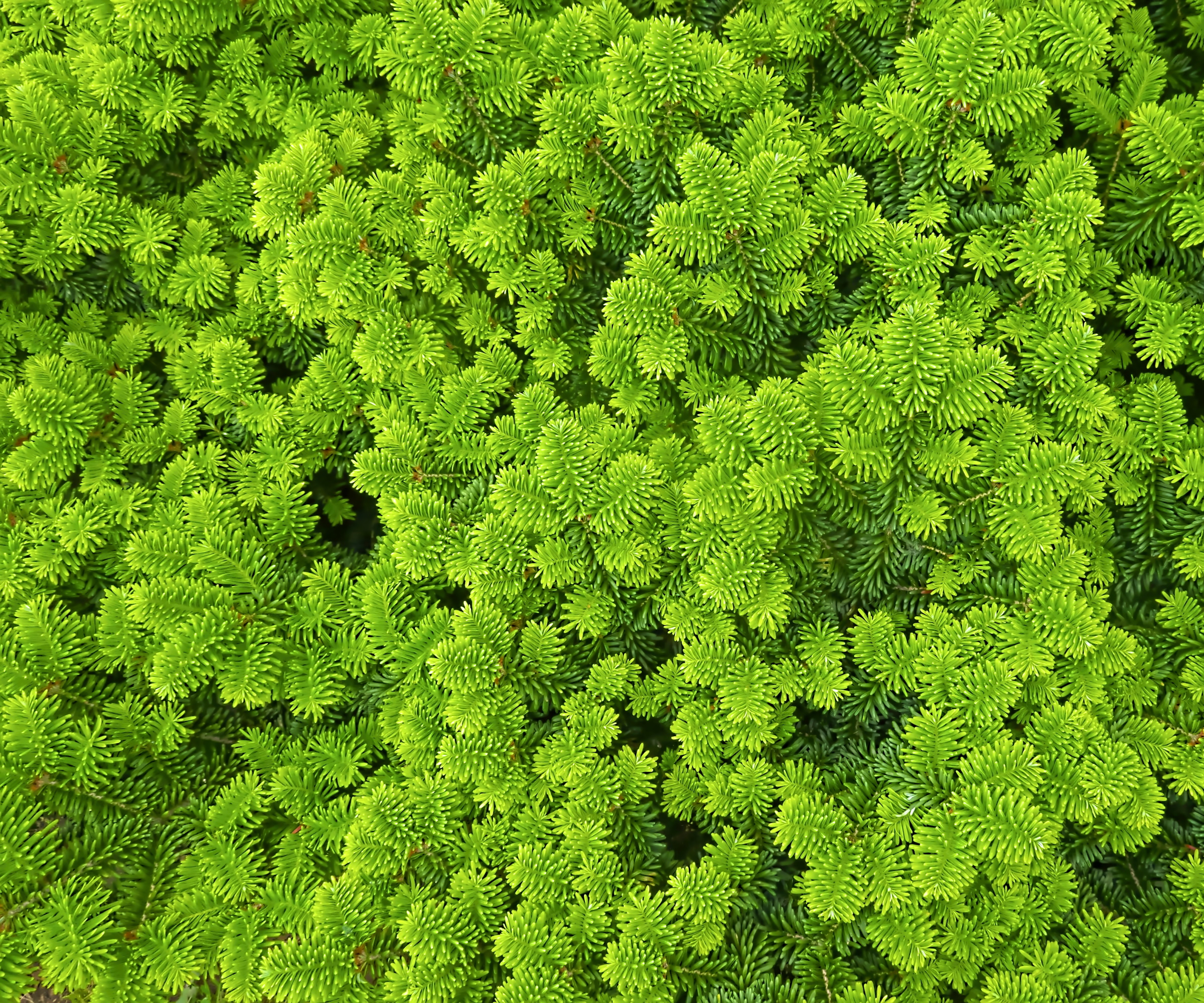
How to use balsam fir in your yard
Species trees are not recommended unless gardens are located in the most northerly parts of North America. If this is the case, they can be grown as specimen trees and decorated with Christmas lights during the holidays.
'Due to its medium size, slow growth and narrow width, you do not have to have a large acreage for its growth,' advises the team at Garden Centerpoint. 'It grows well planted on slopes or a flat area of the landscape and placed where it can be a fragrant star of the show. Due to its shallow root system, it is best to plant in a location where it will not receive strong winds.'
For gardeners who aren’t in the very north of North America, it’s best to opt for one of the dwarf varieties for year-round evergreen structure. These can be used as specimen trees or part of a collection of conifers or in a rock garden, or grown in a container. They tend to keep their shape well, even after 20 or 30 years.
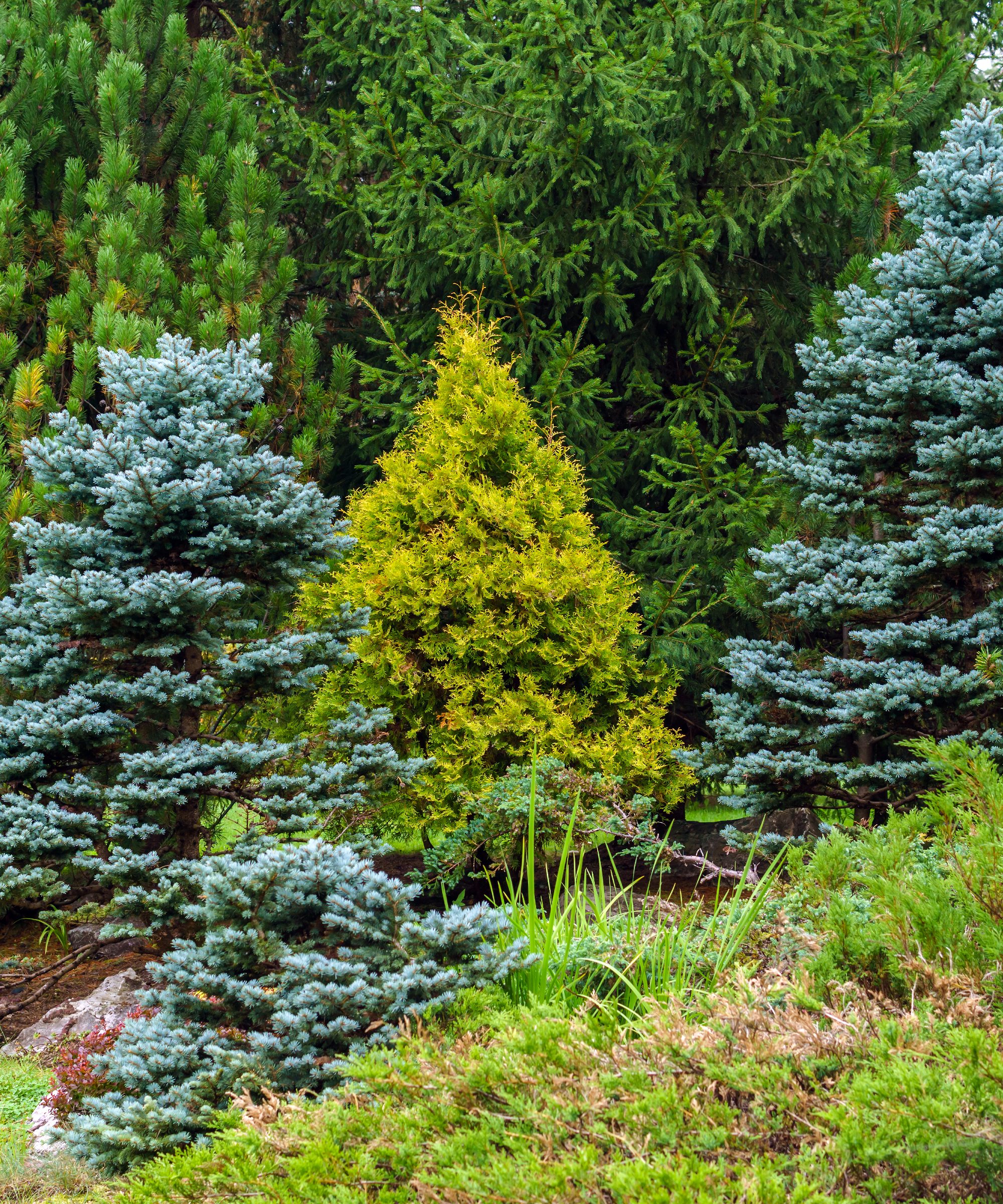
When and where to plant balsam fir
Plant species trees in the fall or spring, as long as the ground is not frozen. Choose a site that’s in full sun but sheltered from the wind.
Dwarf balsam firs will tolerate some shade, although they are less likely to produce cones.
As mentioned, balsam fir needs slightly acidic, free-draining soil. It’s possible to plant dwarf trees in alkaline areas if a large area of soil is dug out beforehand and replaced by plenty of ericaceous compost. Water well after planting and apply a good layer of mulch.
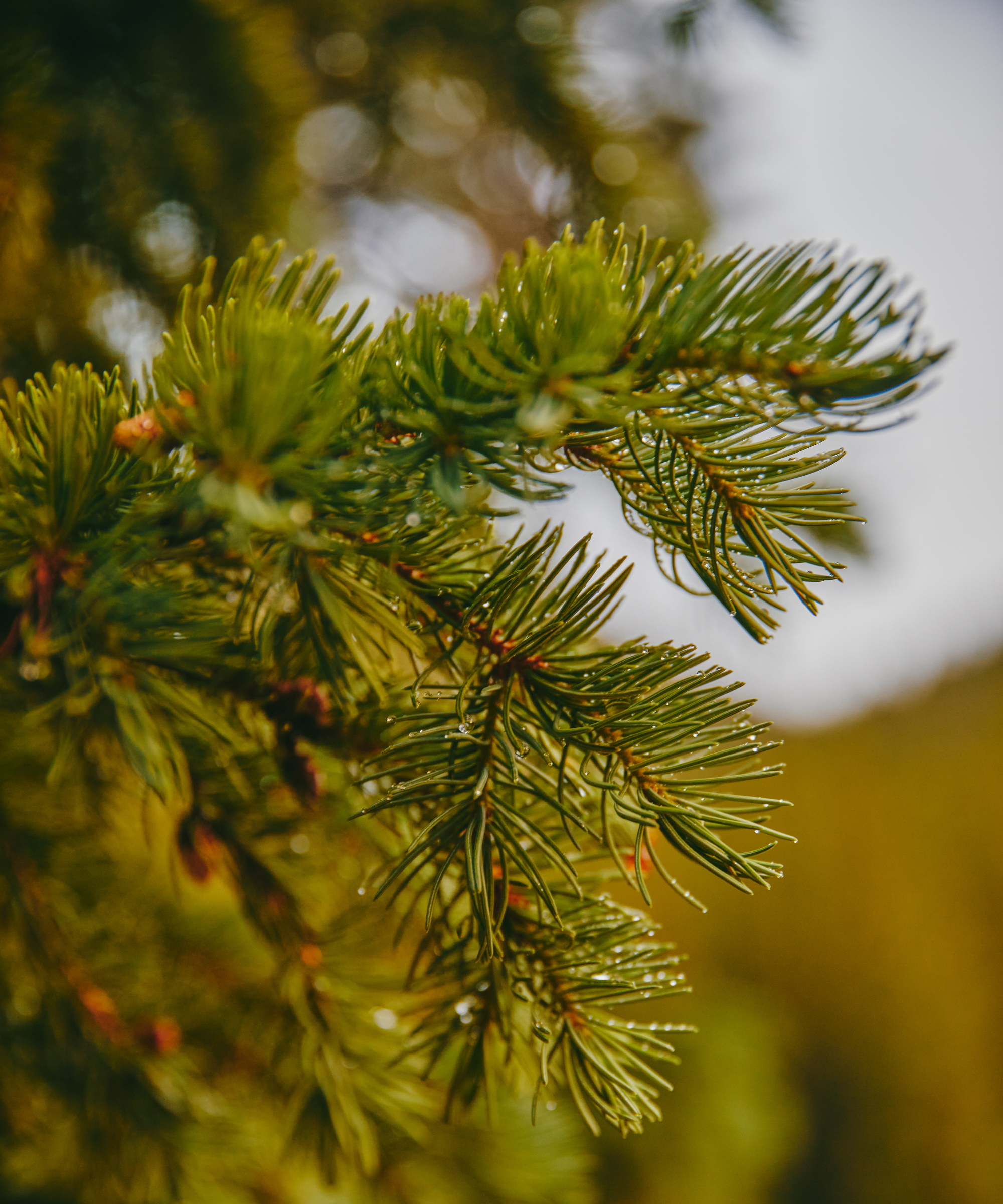
Balsam fir care tips
Ensure this tree remains in moist, free-draining soil throughout the year. Conifers need very little pruning.
Monitor trees to ensure they’re receiving the correct levels of nutrients. Feed every spring with a balanced fertilizer, and mulch young trees with ericaceous compost.
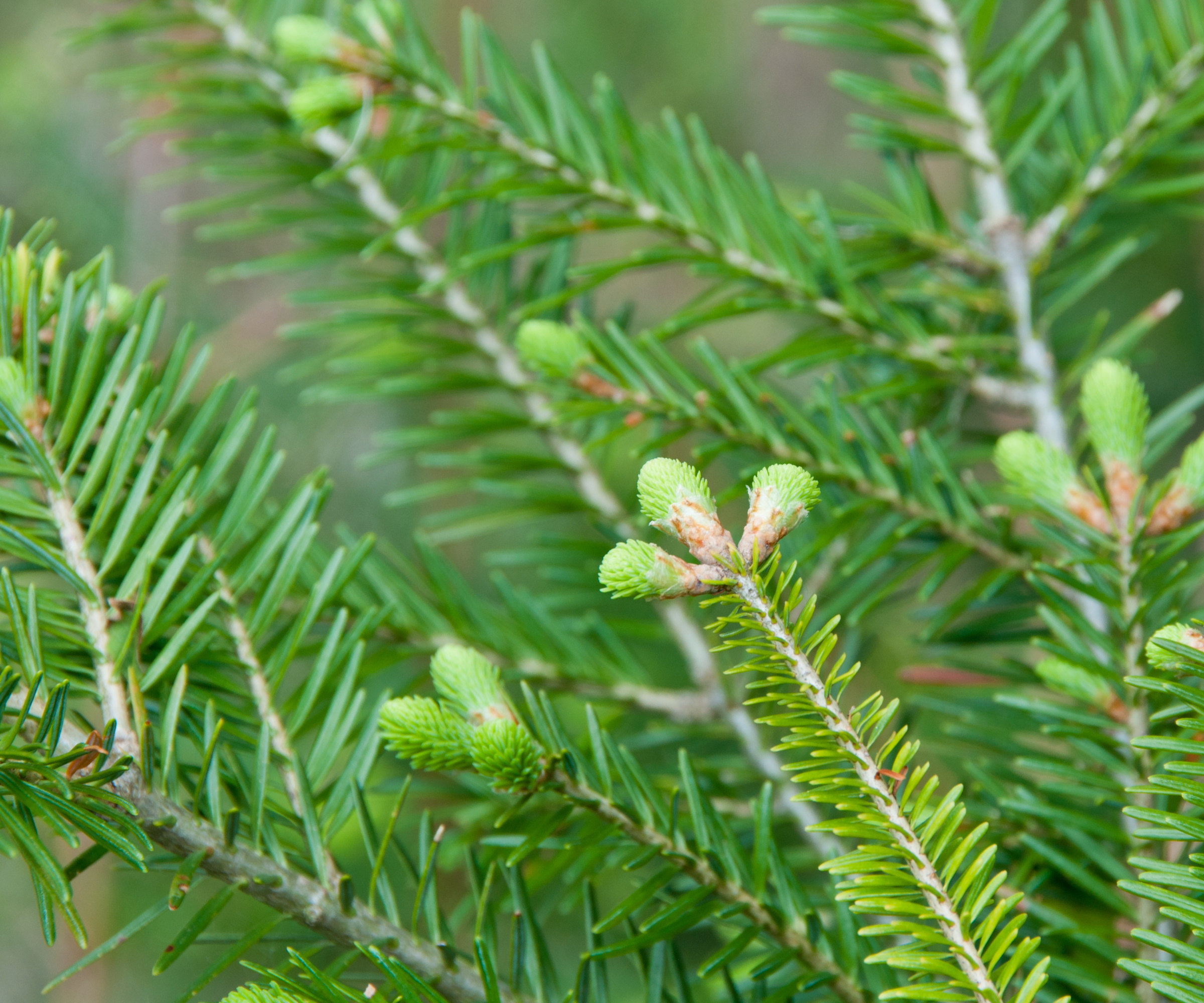
How to make more balsam firs
It’s possible to grow balsam fir from seed, although these need to be cold-treated (stratified) for six to eight weeks before being sown in gritty ericaceous compost or soil that’s around 54-41°F (12-15°C).
Place a plastic bag over the pot to increase humidity, or use a propagator tray with a lid, such as this one from Amazon. Watch seedlings closely after germination, as they can be prone to dampening off. Repot small trees as they increase in size, and keep them in a nursery bed for a year or so.
Balsam firs are not generally known for being susceptible to pests and diseases. They can, however, become hosts for the eastern spruce budworm, a type of moth that feeds on the needles of fir and spruce trees, and is considered a problem in the forestry industry in Minnesota.
Needles can be infected by a fungus called Delphinella balsameae, which causes a blight, and Uredinopsis species, commonly known as balsam needle rust.
FAQs
Are balsam firs fast-growing trees?
No, balsam firs are not fast-growing trees. In fact, they are rather slow growers, increasing in size by around one foot every year.
What is balsam fir used for?
Timber from balsam fir is used for light frames, crates, barrels, paneling and plywood. It’s also pulped for paper. Primarily, it’s grown for Christmas trees as it is renowned for holding its needles much longer than spruce when taken inside.
Even if you do not live in a cooler climate, a dwarf balsam fir variety would make one of the best trees to grow in pots for a front or backyard. These firs will make a statement all year round, but especially dusted with snow or dressed in delicate, warm fairy lights for the holiday season.
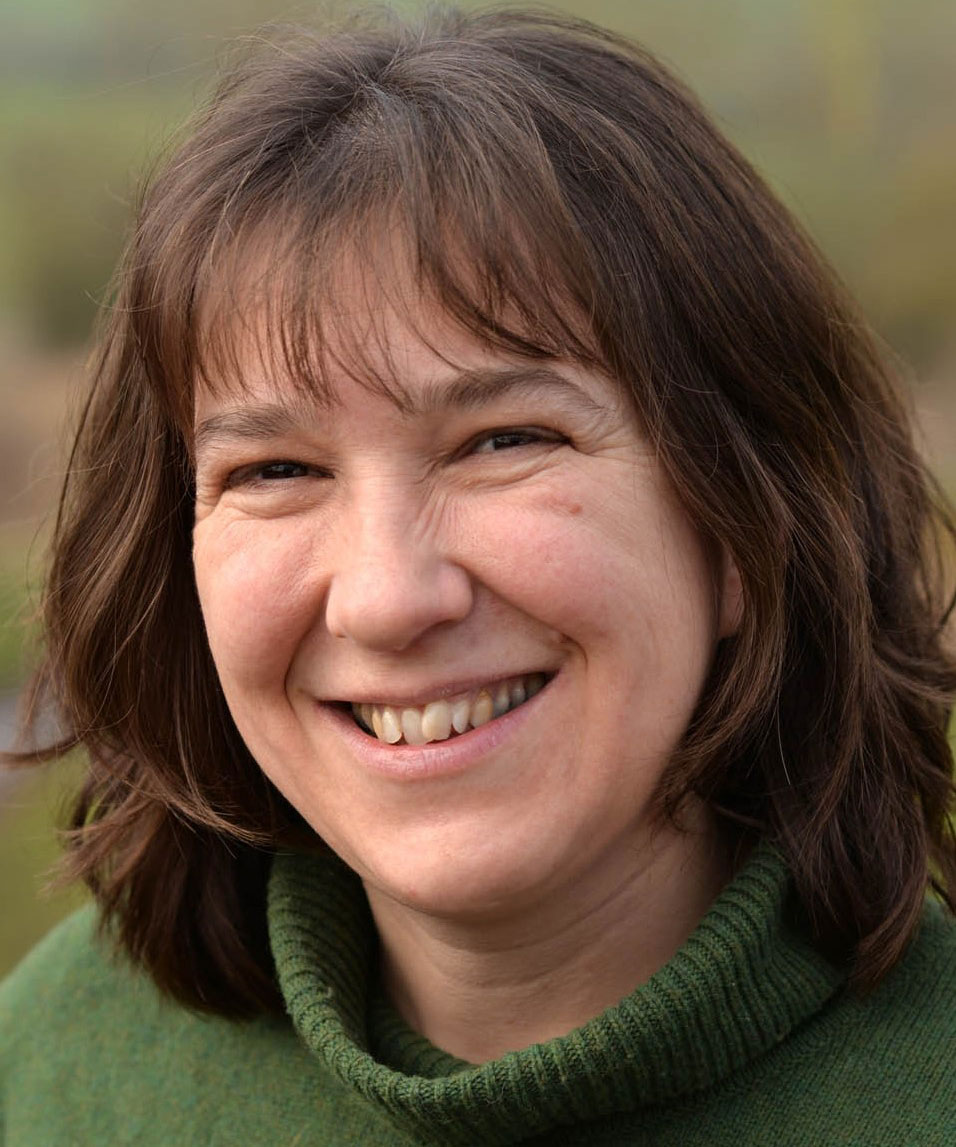
Sue Bradley writes about gardening, food and wildlife, and the fascinating people who are passionate about these subjects, for a variety of magazines. She served a newspaper apprenticeship and worked on local and regional titles in the West Country before becoming a freelance features writer. She’s a member of the Garden Media Guild and the Guild of Food Writers.